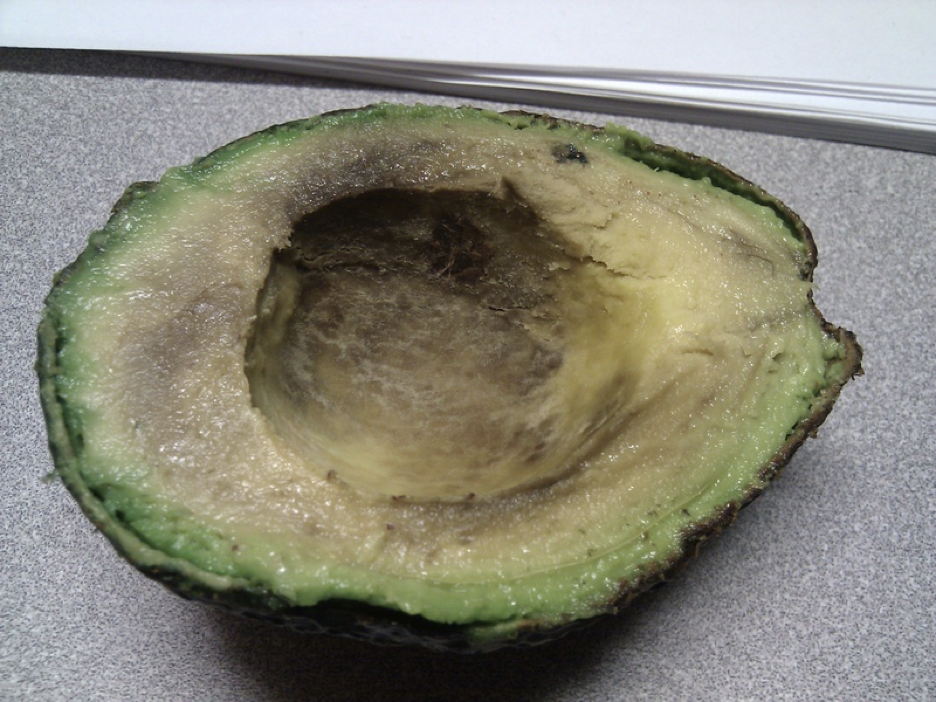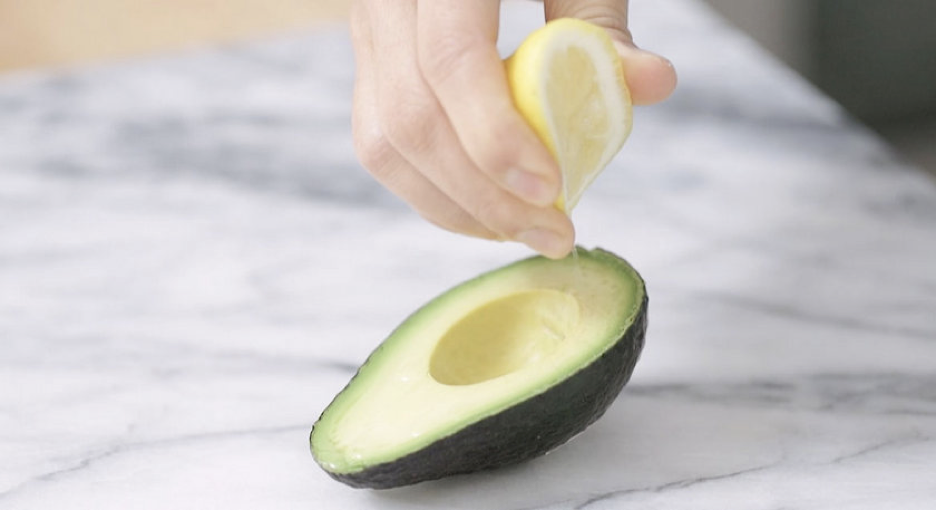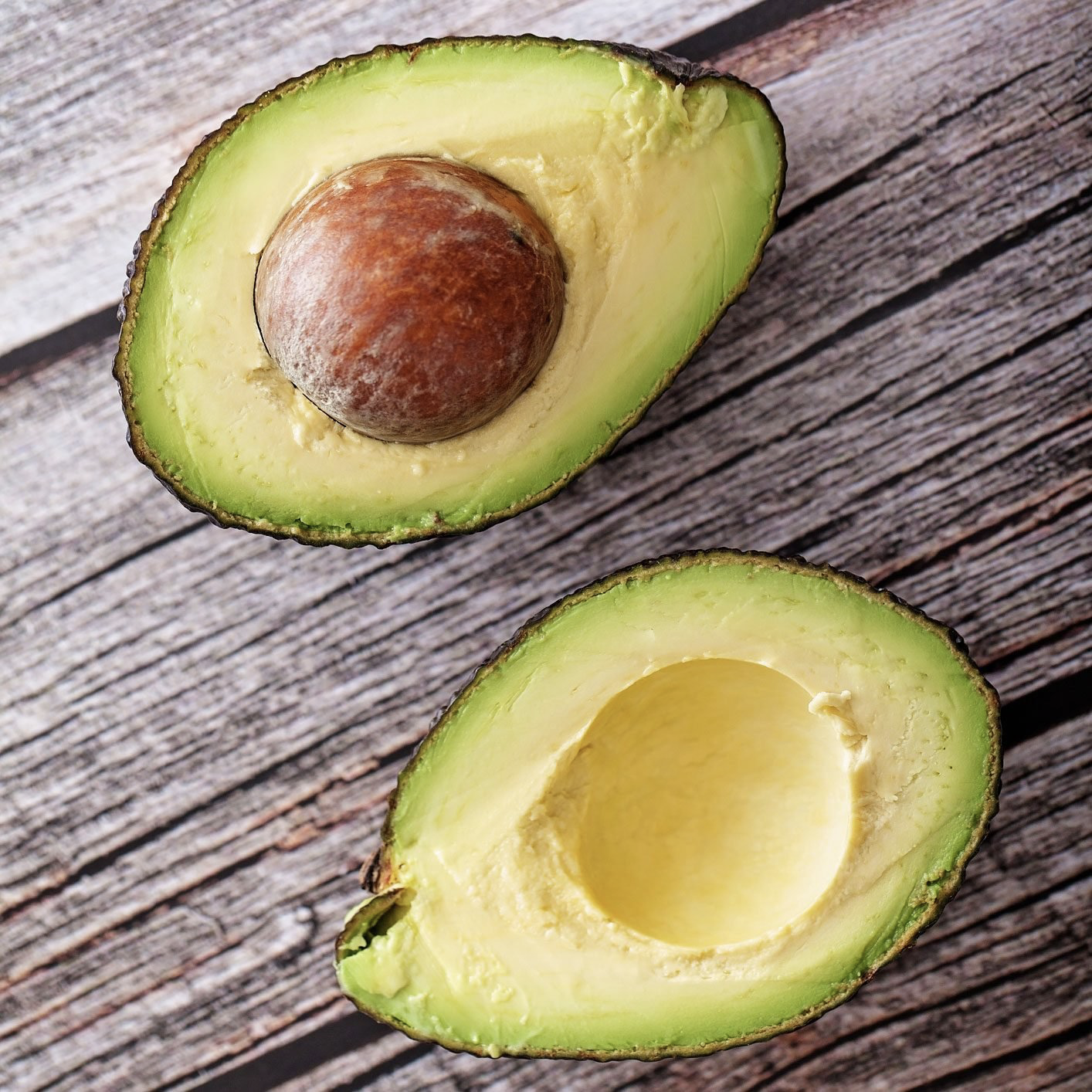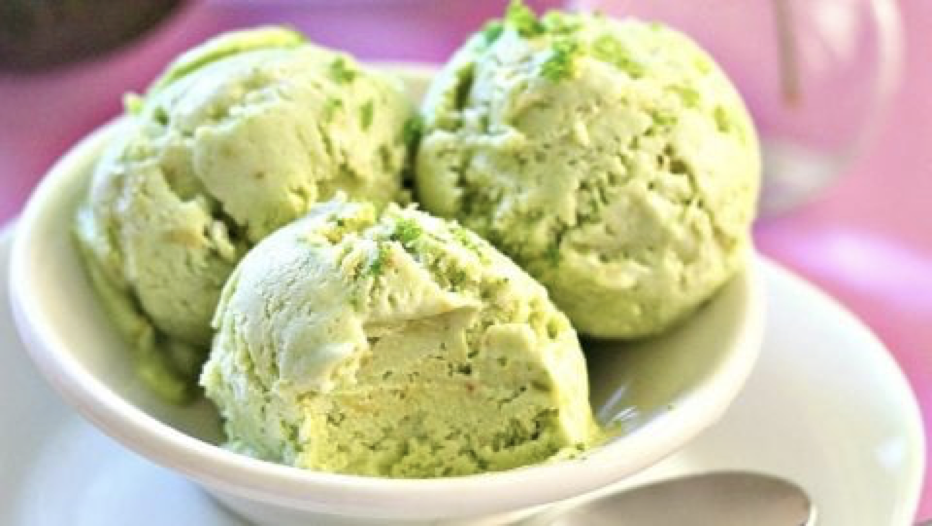BROWN—Not the Best Color When It Comes to Avocados!
We want them green, not brown. Brown tells us they’ve come in contact with oxygen. This browning is due to the avocado flesh containing the plant compound, phenol, and the enzyme polyphenol oxidase.
Enzymes trigger chemical reactions, and in the case of avocados and other fruits, polyphenol oxidase changes the chemical structure of phenols when they're exposed to oxygen. This reaction produces melanin, a brown-black pigment that's also found in humans. As a result, the once-green avocado flesh turns brown.

With the science lesson out of the way, let’s talk about how to prevent this browning. While avocados that have browned due to oxygen exposure are usually safe to eat, they can taste slightly bitter. But that’s not the main issue. The fact that their texture is somewhat soft and they look unappealing is the big deal.
Since oxygen is the villain here, the obvious trick is to delay the browning process by shielding the flesh from oxygen exposure. The typical method is to tightly cover the flesh with plastic wrap, but if you're looking for a low-waste approach, then turn to standard kitchen ingredients. Covering the fruit’s surface with fresh lemon or lime juice or olive oil will effectively stop the browning. The citrus juices will hinder polyphenol oxidase activity and the olive oil creates an airtight barrier.

After covering the avocado flesh with olive oil or lemon juice, store it in an air-tight container in the refrigerator for added protection. The container will provide another barrier against oxygen, while the cooler temps will further slow down polyphenol oxidase activity. These factors will help the avocado retain its iconic green color. However, keep in mind that cut avocados in general will only last three to four day in the refrigerator, so you'll still want to eat it as soon as possible.
Lastly, if you're heard that leaving the pit in an avocado (or in the guacamole) helps delay browning, don’t believe it. The pit has absolutely no power to protect the flesh from oxygen exposure.

Now let’s talk about a great way to use this health-loaded fruit. We all know avocados are delicious on toast and as a dip for chips, but have you ever used it to make dessert? Martha Stewart shared a recipe a few months ago for an avocado ice cream. She said, “There's no hiding the green in this refreshing and unusual dairy-free dessert.
Thanks to the combination of avocado and coconut milk, it’s creamy—just what we want in an ice cream!” Vitamins and minerals in a dessert? Heck of a deal, and it doesn’t happen often. I’ll close with our collective thanks for this yummy idea and her recipe.

2 medium avocados (about 1 pound), halved, pitted, and peeled
1 (13-ounce) can coconut milk
1/2 teaspoon grated lemon zest plus 3 tablespoons fresh lemon juice
3/4 cup sugar
1/4 teaspoon kosher salt
Directions:
Add Recipe to Cook'n
Enzymes trigger chemical reactions, and in the case of avocados and other fruits, polyphenol oxidase changes the chemical structure of phenols when they're exposed to oxygen. This reaction produces melanin, a brown-black pigment that's also found in humans. As a result, the once-green avocado flesh turns brown.

With the science lesson out of the way, let’s talk about how to prevent this browning. While avocados that have browned due to oxygen exposure are usually safe to eat, they can taste slightly bitter. But that’s not the main issue. The fact that their texture is somewhat soft and they look unappealing is the big deal.
Since oxygen is the villain here, the obvious trick is to delay the browning process by shielding the flesh from oxygen exposure. The typical method is to tightly cover the flesh with plastic wrap, but if you're looking for a low-waste approach, then turn to standard kitchen ingredients. Covering the fruit’s surface with fresh lemon or lime juice or olive oil will effectively stop the browning. The citrus juices will hinder polyphenol oxidase activity and the olive oil creates an airtight barrier.

After covering the avocado flesh with olive oil or lemon juice, store it in an air-tight container in the refrigerator for added protection. The container will provide another barrier against oxygen, while the cooler temps will further slow down polyphenol oxidase activity. These factors will help the avocado retain its iconic green color. However, keep in mind that cut avocados in general will only last three to four day in the refrigerator, so you'll still want to eat it as soon as possible.
Lastly, if you're heard that leaving the pit in an avocado (or in the guacamole) helps delay browning, don’t believe it. The pit has absolutely no power to protect the flesh from oxygen exposure.

Now let’s talk about a great way to use this health-loaded fruit. We all know avocados are delicious on toast and as a dip for chips, but have you ever used it to make dessert? Martha Stewart shared a recipe a few months ago for an avocado ice cream. She said, “There's no hiding the green in this refreshing and unusual dairy-free dessert.
Thanks to the combination of avocado and coconut milk, it’s creamy—just what we want in an ice cream!” Vitamins and minerals in a dessert? Heck of a deal, and it doesn’t happen often. I’ll close with our collective thanks for this yummy idea and her recipe.

Fresh Avocado Ice Cream
Ingredients:
2 medium avocados (about 1 pound), halved, pitted, and peeled
1 (13-ounce) can coconut milk
1/2 teaspoon grated lemon zest plus 3 tablespoons fresh lemon juice
3/4 cup sugar
1/4 teaspoon kosher salt
Directions:
Mash avocados (you should have about 1 1/2 cups). In a blender, combine avocados, coconut milk, lemon zest and juice, sugar, salt, and 1/4 cup water. Blend until smooth. Refrigerate 1 hour or up to overnight. Freeze mixture in an ice cream maker according to manufacturer's instructions. Transfer to a loaf pan and freeze, wrapped in plastic, up to 1 week. Let soften at room temperature 20 minutes before serving.
Recipe formatted with the Cook'n Recipe Software from DVO Enterprises.
Sources:
www.cooking.stackexchange.com
www.californiaavocado.com
www.tasteofhome.com
www.mexicoinmykitchen.com
 Alice Osborne
Alice Osborne
Weekly Newsletter Contributor since 2006
Email the author! alice@dvo.com
